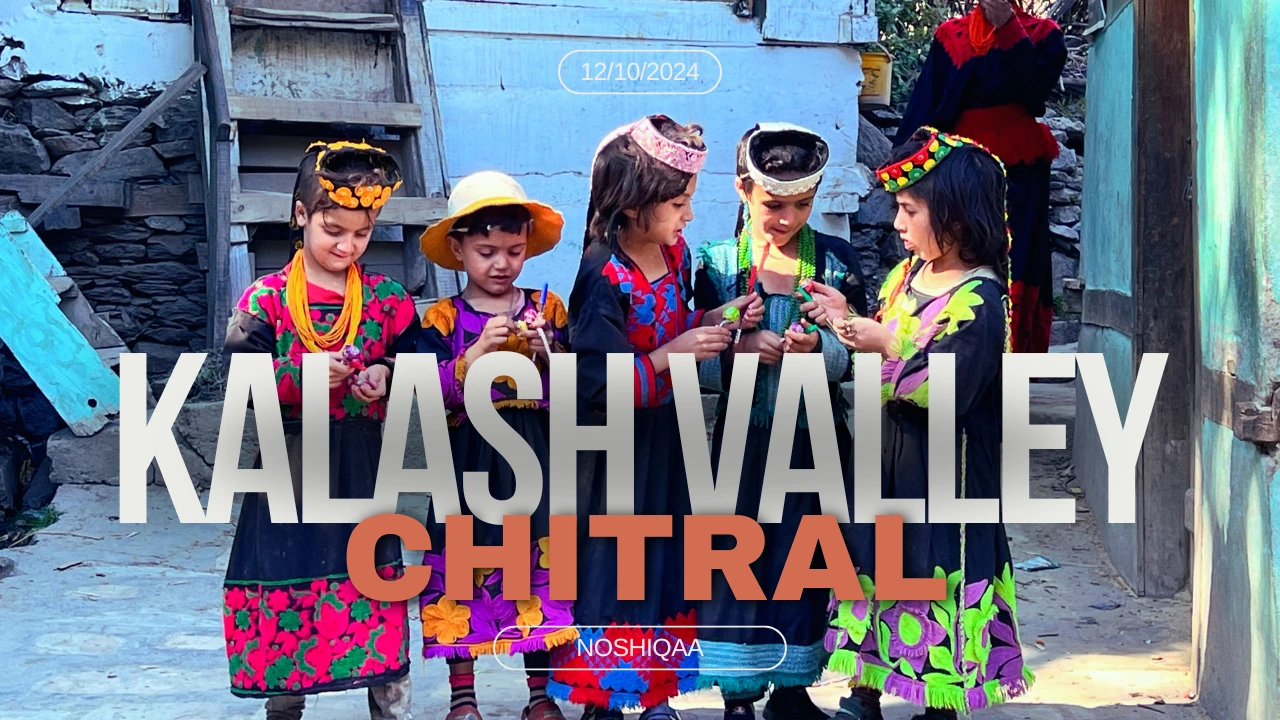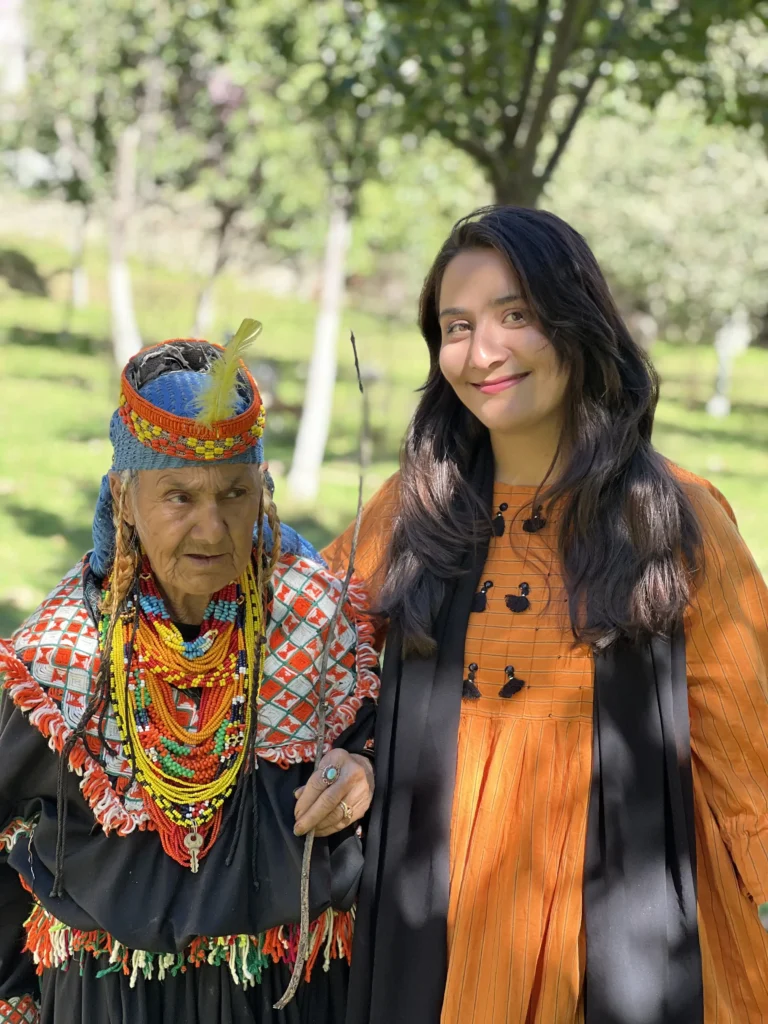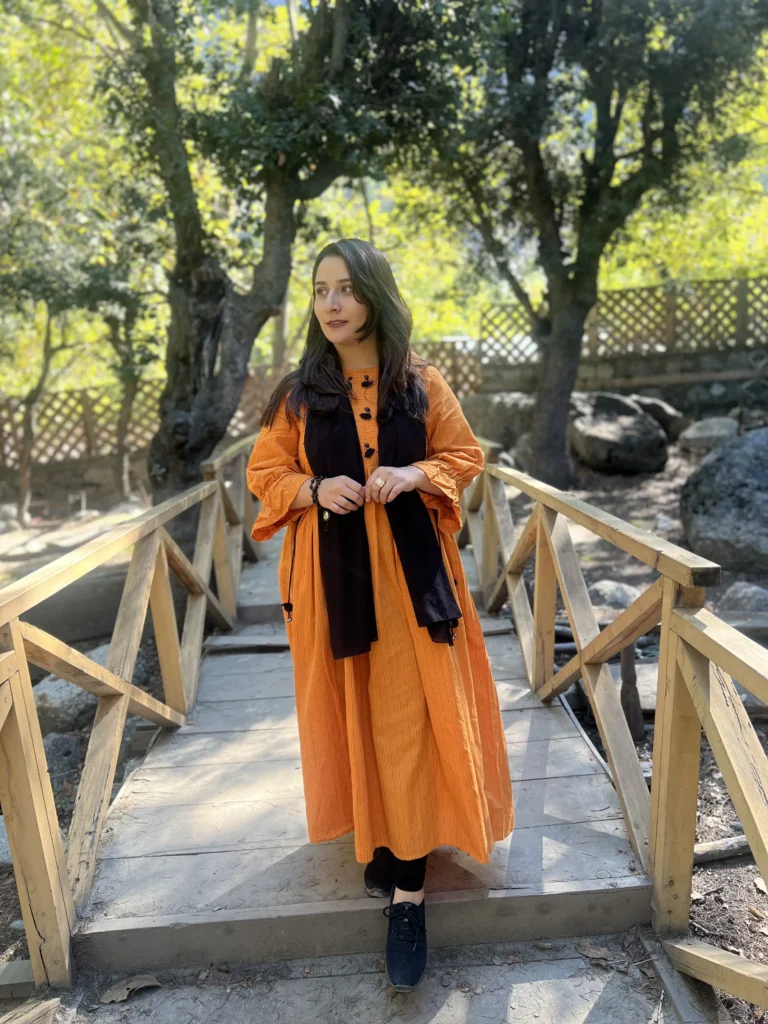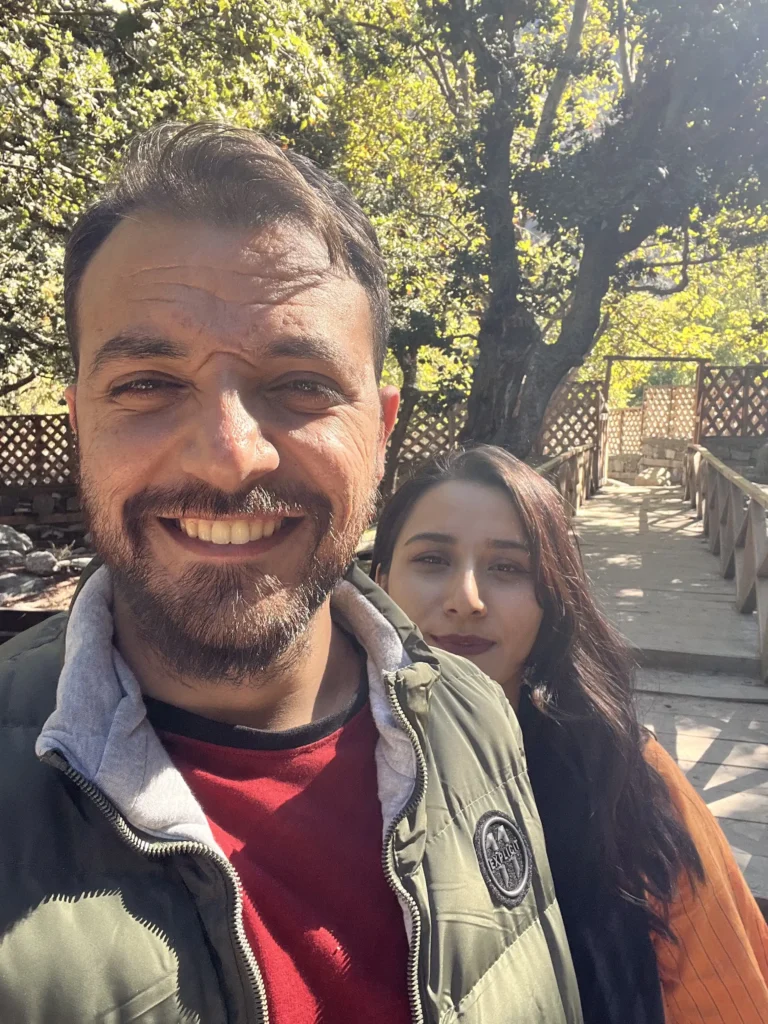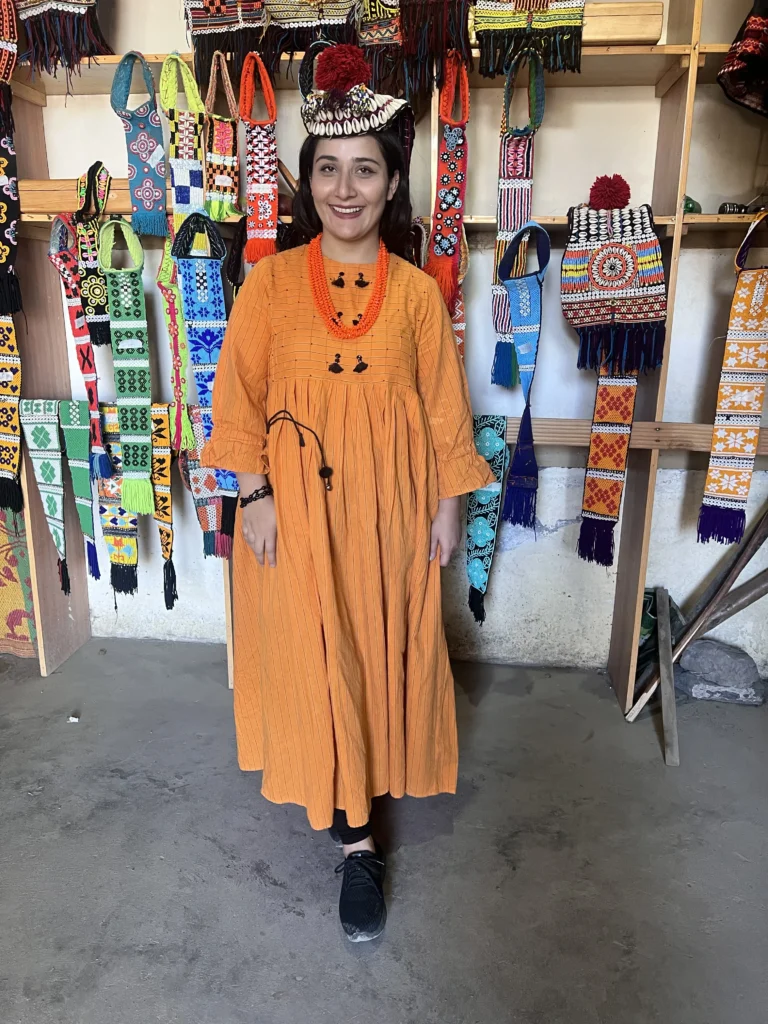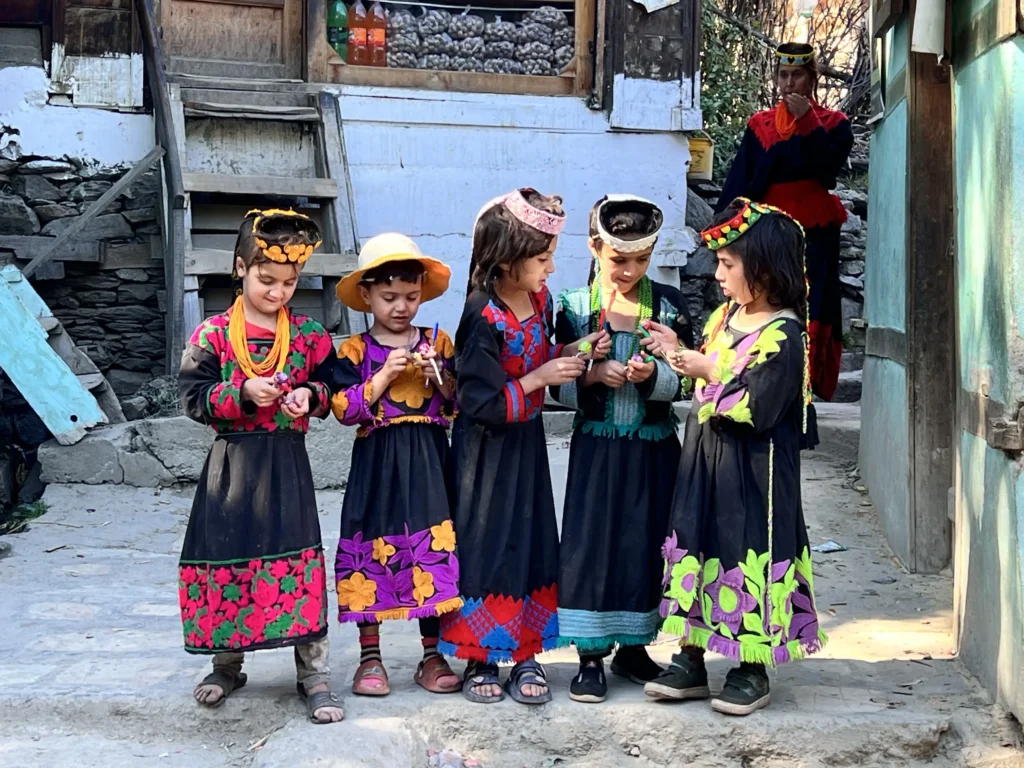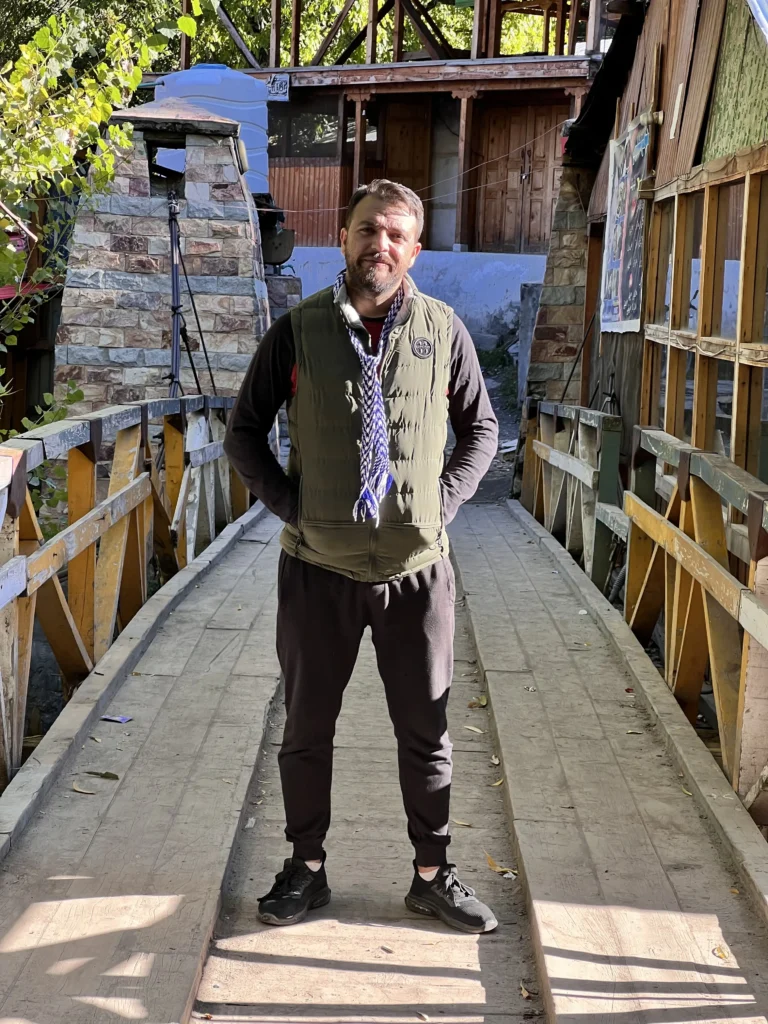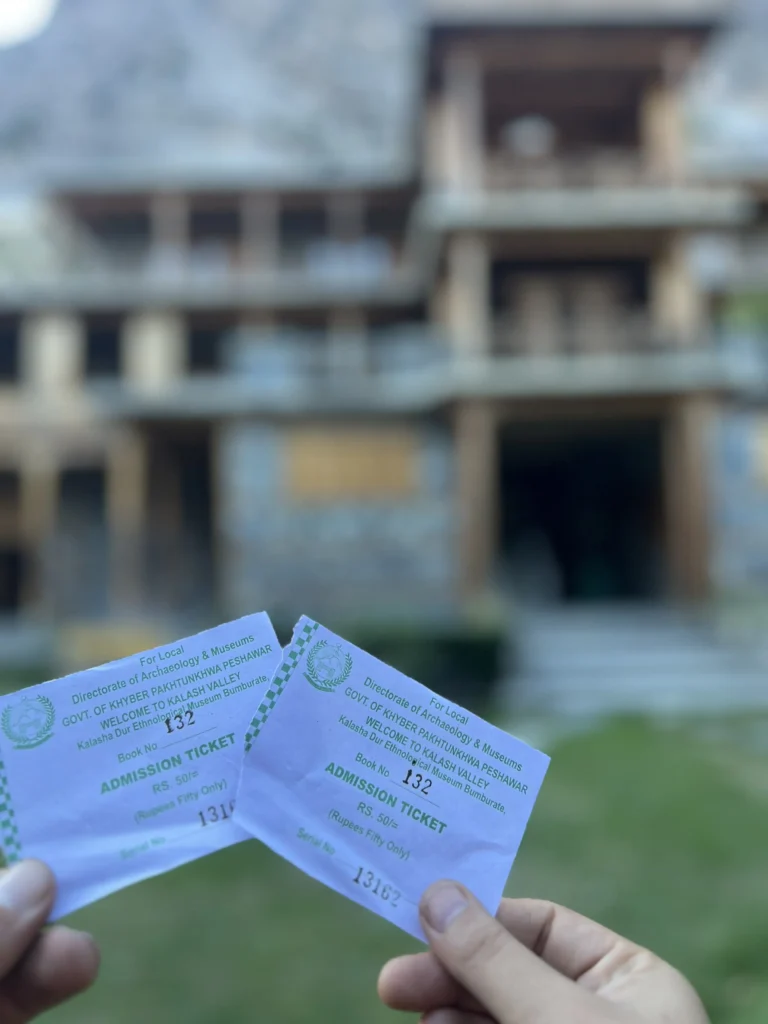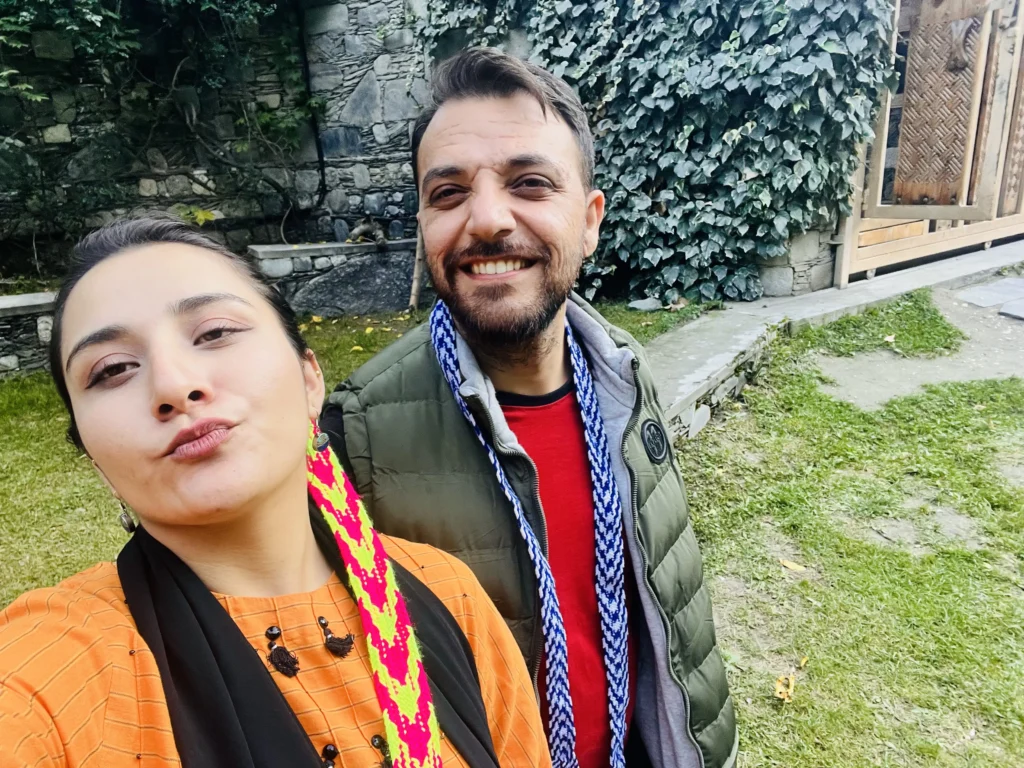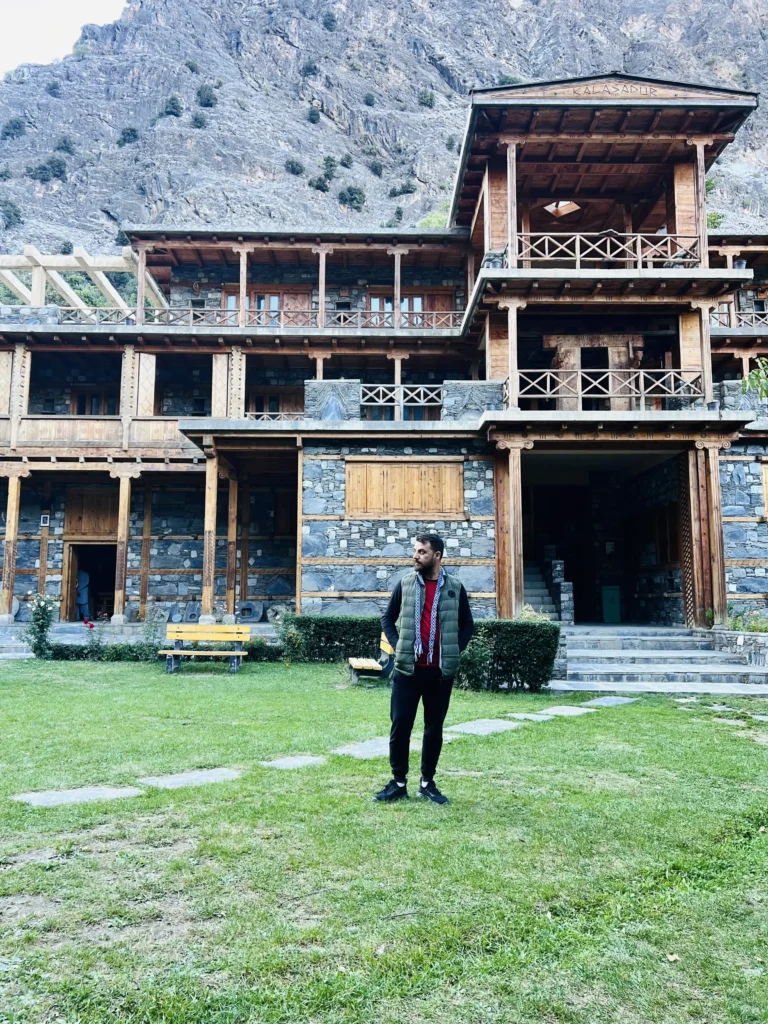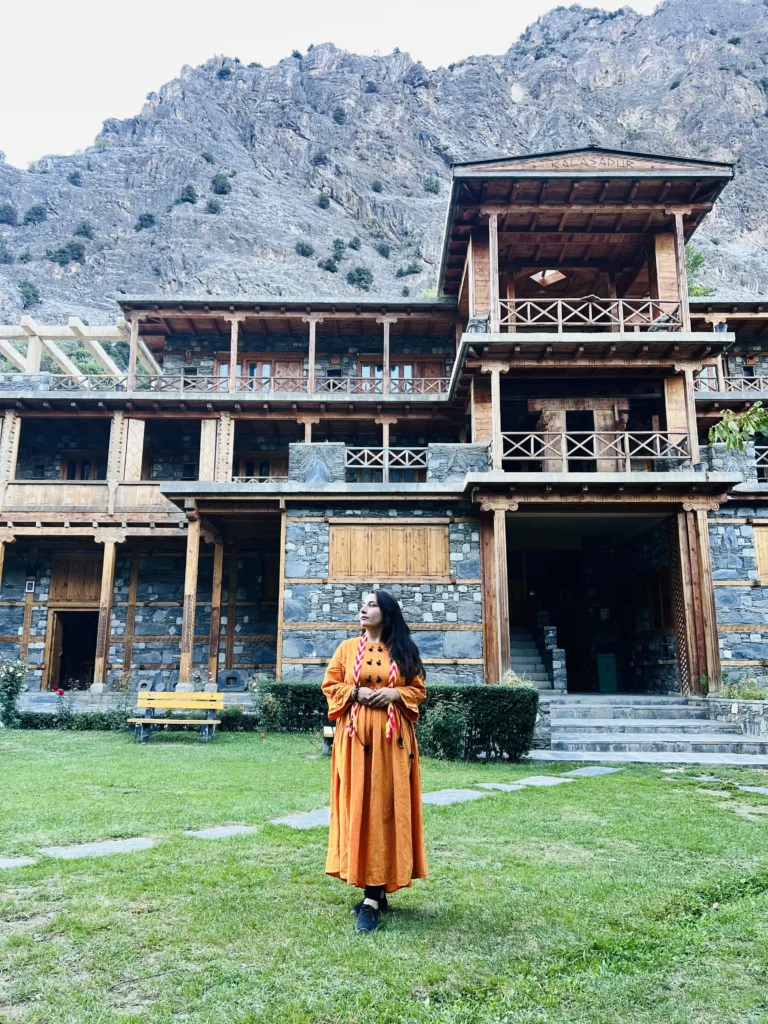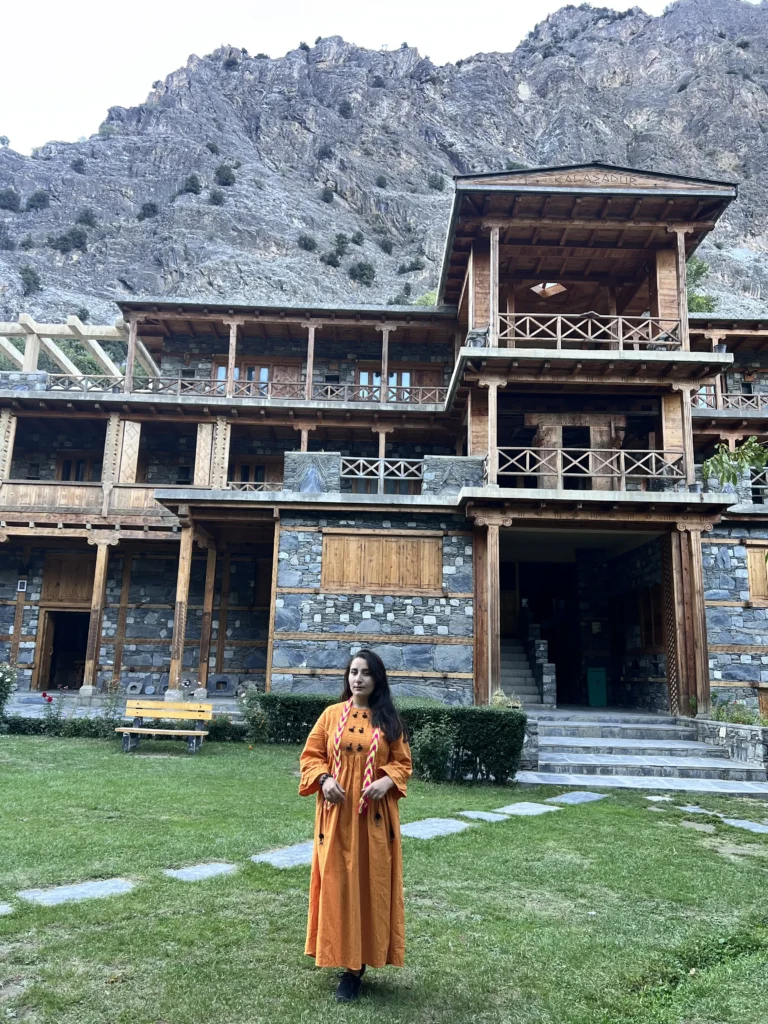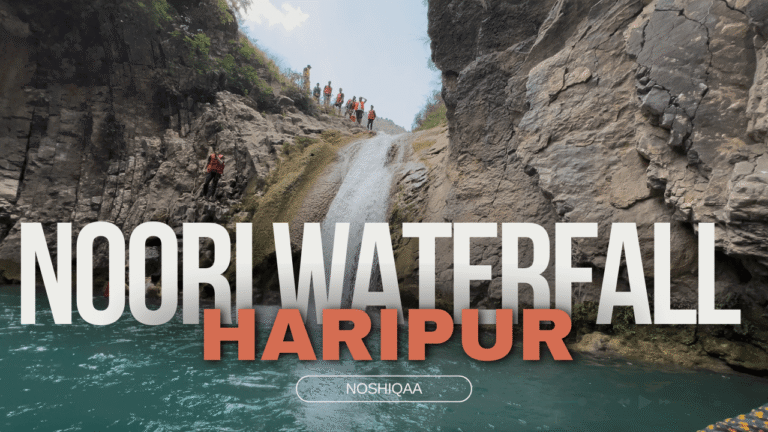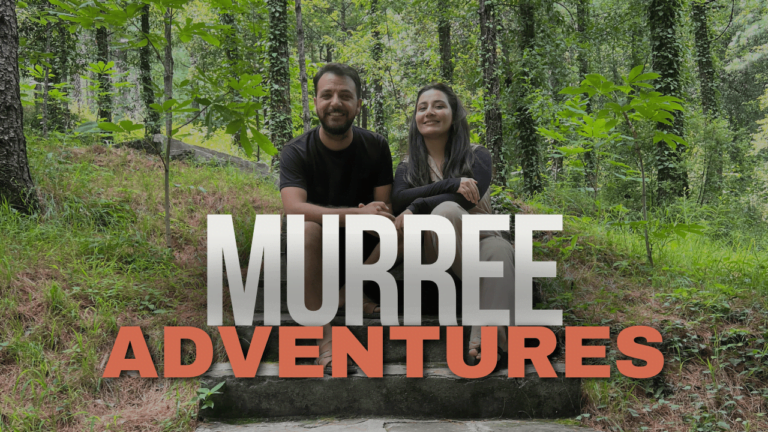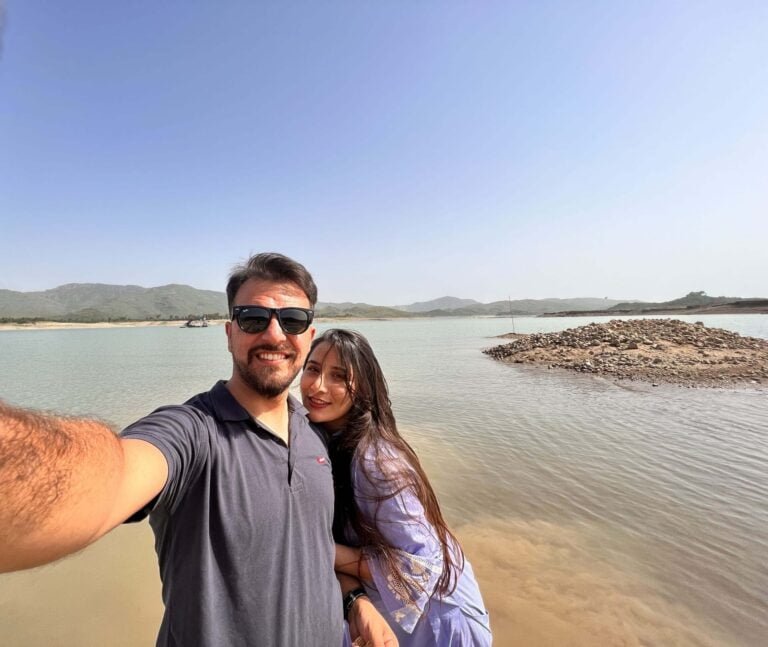Beyond the Mountains: Our Kalash Valley Discovery
Introduction: The Call of the Kalash Valley
There are some journeys that change you forever. Our trip to the mystical Kalash Valley – nestled deep in Pakistan’s Hindu Kush mountains – was one such adventure. A land where ancient traditions thrive, where hospitality knows no bounds, and where every winding mountain road leads to breathtaking beauty.
This is the story of how a spontaneous road trip in my little Suzuki Cultus turned into an unforgettable cultural immersion. From dangerous off-road trails to heartwarming encounters with the Kalash people, here’s everything you need to know before visiting this hidden gem.
The Journey Begins – Off-Road Thrills & Survival Tips
Preparing for the Adventure
We started our journey at 9 AM from Dolomuch, a small residential colony near Chitral city. My Suzuki Cultus, though not an off-road beast, had served me well on many trips. Still, I was a little nervous – Kalash Valley’s roads are infamous for being rough and unpredictable.
Before hitting the road, I made sure to:
✔ Fuel up my Car
✔ Check tire pressure (crucial for mountain terrain)
✔ Pack essentials (water, snacks, first-aid kit)
Road Conditions: The stretch between Ayun and Bumburet is unpaved for 80% of the way, with sections prone to landslides after rain. Locals recommend traveling in a 4×4 between November-April, though small cars like my Cultus can manage in dry weather.
**Ayun is known as the gateway to Kalash Valley.
Permits: Foreigners need a No-Objection Certificate (NOC) from Islamabad; Pakistanis can enter freely.
The “Two-Tyre Path” – A Test of Nerves
The initial drive was smooth, passing through lush green fields and small villages. But as we approached Ayun Valley, the road turned into a narrow, rocky trail. At some points, the path was so tight that only two tires of my car could fit, with a steep drop on one side!
We encountered a group of Polish travelers—some elderly, some young—who had come all the way from Islamabad in a rugged 4×4 SUV. Unlike us, they seemed unfazed by the treacherous path. One of them, a kind-faced woman, noticed my wife Atiqa admiring her journey and gifted her a bracelet with the Polish flag on it. “For good luck on your adventure,” she said with a warm smile. That simple gesture, a connection between strangers in the mountains, reminded me that Kalash’s true magic lies in the people you meet along the way.
Pro Tip: If you’re driving yourself, go slow and steady. Larger SUVs have an easier time, but small cars can make it too – just be prepared for some adrenaline-pumping moments!
The Final Stretch: Arriving in Kalash Valley
After two intense hours of navigating sharp turns and loose gravel, we finally reached Bumburet, the largest of the three Kalash Valleys. The sight was surreal – wooden houses with intricate carvings, terraced fields, and locals dressed in colorful traditional attire.
And then, we met Shahi Kalash – a local TikTok star, dancer, and our unexpected guide for the day.
Kalash Valley is divided into three main valleys. Bumburet Valley, Rumbur Valley, and Birir Valley. The most famous and largest valley is the Bumburet Valley
The Kalash People – Rituals, Taboos & Untold Stories
The “Defiant” Polytheists of Pakistan
The Kalash people are one of Pakistan’s most unique indigenous communities. With their polytheistic religion, vibrant festivals, and distinct way of life, they’ve fascinated anthropologists and travelers for decades.
Here’s what makes them special:
- Religion: They worship ancient gods like Balumain (a deity associated with nature)
- Festivals: The most famous are Chilam Joshi (spring festival) and Uchal (harvest festival)
- Dress: Women wear black robes with intricate embroidery and beaded headpieces (shushut)
The Kalash have preserved their identity despite pressure to convert. Key beliefs:
- Sacred Places: Jestak Han (temple of the goddess of home) is strictly off-limits to menstruating women – a taboo outsiders must respect.
- Afterlife: They used to bury the dead with personal belongings (a comb, jewelry) to use in the next world but stopped doing it now.
- Language: Their Kalasha-mun dialect is endangered; UNESCO lists it as “vulnerable”
Shahi’s Perspective:
“We’re not ‘backward’ – we choose this life. Modernity comes, but our gods stay.” His TikTok videos blend traditional dances with smartphone-era creativity.
A Glimpse into Daily Kalash Life
Shahi took us to meet his grandmother who was grazing goats on a lush green grass near to the small river. Her hands, gnarled from decades of work, moved deftly as she milked goats. “The forest gives us cheese, wool, and firewood,” she said. “Why would we leave?”
We then visited the Kalash Graveyard, where wooden effigies (called “gandau”) mark the graves. Unlike Islamic burials, the Kalash believe in celebrating the departed’s life rather than mourning.
A Day in Kalash Valley – From Dawn to Moonlit Stories
Afternoon: The Secret Behind Walnut Parathas
Shahi Kalash invited us to his home – a traditional Kalash wooden home with carved pillars and a cozy interior. His wife and children greeted us with smiles, offering:
- Freshly picked apples from their orchard
- Dry fruits (walnuts, almonds)
- Traditional Kalash bands (decorated with multiple colors of threads and bands)
Fun Fact: The people of Kalash Valley believe in “guest is god” – a philosophy you’ll experience firsthand through their generosity.
Later, we visited a local Kalash restaurant, where we tried the legendary Walnut Paratha. The chef revealed his recipe:
- Dough: Whole wheat flour + mountain spring water
- Filling: Walnuts crushed with a stone mortar, mixed with desi ghee
- Cooking: Pressed thin and fried on a wood-fired iron tawa
“No measurements,” he said. “The mountain teaches you.”
Beyond Bumburet – Hidden Gems & Tourist Etiquette
Rumbur & Birir: The Lesser-Known Valleys
While Bumburet is popular, the neighboring valleys offer solitude:
- Rumbur: Known for hand-carved wooden statues of ancestors
- Birir: The purest Kalash traditions – fewer guesthouses, more authenticity
Caution:
- Photography: Always ask permission. The Kalash believe cameras can “steal souls” if used disrespectfully
- Gifts: Bring school supplies for kids (not candy) – locals appreciate practical contributions
No Kalash Valley experience is complete without visiting the Kalash Dur Museum in Bumburet. Here, we marveled at ancient artifacts – intricately beaded traditional dresses, hand-carved wooden effigies, and ceremonial drums that whispered stories of this unique culture. The museum’s carefully preserved collection offered us a deeper understanding of how the Kalash people have maintained their distinct identity through centuries of change.
The museum is maintained by the Government of Khyber Pakhtunkhwa. There is a minimal entry ticket fee which is being used to maintain the museum for tourists.
The Return – Survival Tips & Reflections
Night Driving: Why We Left Before Dusk
The kalash valley has no streetlights. One traveler recounted being stranded overnight after his jeep broke down – “The stars were glorious, but the cold nearly killed me.”
Packing Checklist (From Experience)
| Category | Essentials |
|---|---|
| Clothing | Thermal layers (nights get cold), waterproof jacket, trekking shoes |
| Gear | Power bank (electricity is sporadic), headlamp, reusable water bottle |
| Respectful Items | Long scarf (for temple visits), small notebooks for kids (better than candy) |
Conclusion: More Than a Trip – A Lesson in Humanity
This wasn’t just a trip – it was a cultural awakening. From the dangerous yet thrilling roads to the unmatched hospitality of the Kalash people, every moment was a reminder of why travel is so transformative.
As Shahi tied a Kalash bracelet on my wrist at departure, he whispered: “This means you’ll return.” The valley doesn’t just host visitors – it claims them forever.
Follow Noshiqaa for more of our Travel Updates.
